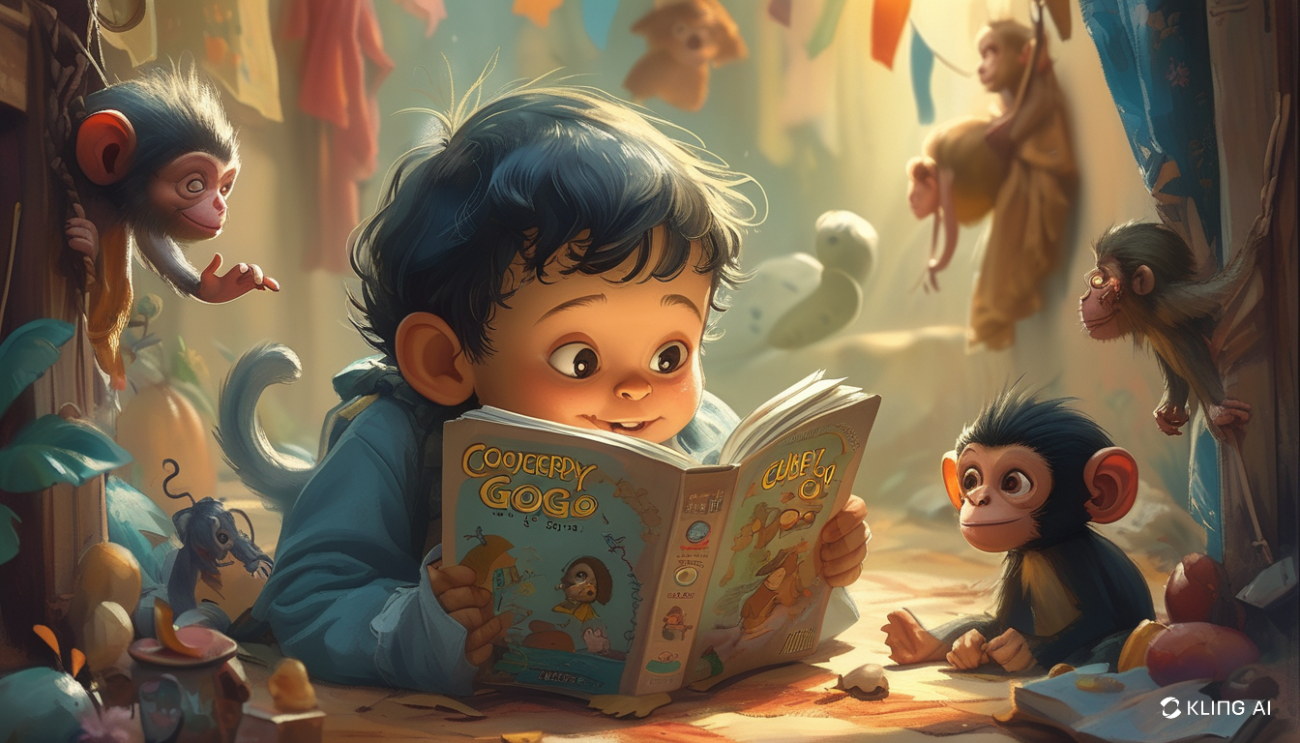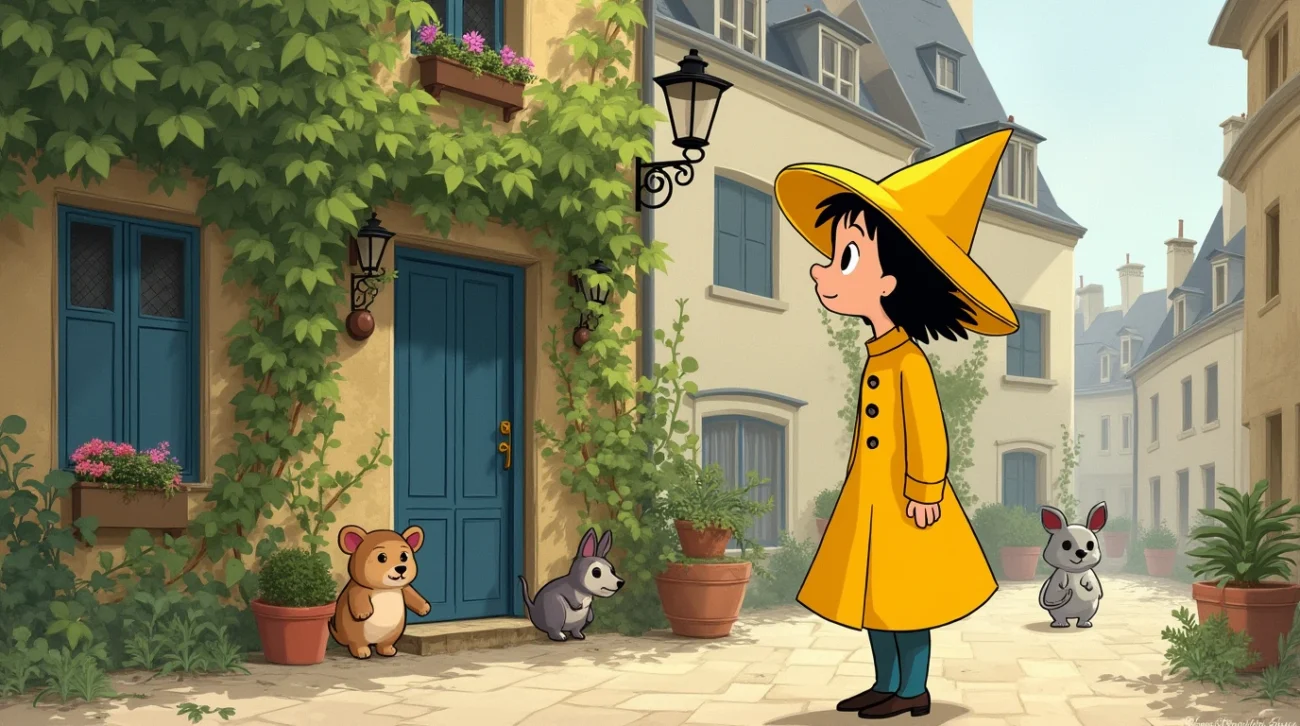Hello there! Whether you’re a budding author, an enthusiastic illustrator, or just someone who loves the magical world of children’s books, you’ve come to the right place. Let’s dive into the whimsical world of childrens book covers, shall we?
When you think about a children’s book, what’s one of the first things that comes to mind? The story? Sure, but before that, it’s the cover that grabs your attention. Children’s book covers are like a special invitation to an enchanting party a portal to a world where anything is possible. It’s the first impression, and as we all know, those count for a lot!
Why Are Children’s Book Covers So Important?
A captivating cover is crucial because it functions as the book’s front door. It’s the element that can stop little readers and their adults in their tracks at a bookstore or library. A child’s decision to pick a book often starts with a visual attraction, much like how we might get pulled into a story by an intriguing opening line.
When done right, a book cover can evoke emotions, hint at the storyline, and even introduce the main characters. It sets the stage for the adventure that awaits inside the pages. Isn’t it fascinating how a single image can convey so much?
What Makes Children’s Book Covers Unique?
- Vibrancy: Children’s book covers often utilize bold and vivid colors. These colors aren’t just there for looks; they engage a child’s curiosity and imagination.
- Characters: A focus on memorable characters is typical, often showing them engaging in an action or displaying an expression that teases their personality or a story element.
- Texture and Dimension: Many children’s book covers incorporate textures and layers, using embossing, foil, or other tactile elements to make the cover feel as exciting to touch as it is to see.
The Journey of Creating a Children’s Book Cover
Designing a children’s book cover is an art and a science. Starting with an understanding of the story’s core message is key. The cover should reflect the essence of the narrative, while also appealing to the target age group. This is where authors and illustrators can really showcase their creativity—whether it’s through clever use of typography, playful graphics, or unique color palettes.
There’s a delightful dance between the text and the illustrations, each complementing the other. The title should be legible and engaging, while the imagery should spark wonder and excitement. The synergy between these elements can transform a simple cover into something truly unforgettable.
Wrapping Up
So, there you have it! A sneak peek into the magical universe of children’s book covers. They’re not just about aesthetics; they’re about setting the scene for an incredible journey. Whether you’re creating one or simply admiring them, remember that each cover is a gateway to a world of discovery, laughter, and learning.
In our next exploration, we’ll delve deeper into why these covers hold such power in the world of children’s literature. But for now, next time you see a children’s book, take a moment to appreciate the cover—it’s where the adventure truly begins!
The Importance of Book Covers for Children’s Books
When it comes to children’s books, the cover is more than just a protective layer for the pages inside. It’s the first glimpse into the magical world waiting to be explored. Think of it as a doorway that invites little readers to step inside. But why exactly are book covers so crucial for children’s books? Let’s chat about it!
First Impressions Matter
Just like adults, kids form impressions in a flash. When a child walks into a library or a bookstore, the cover of a book is what initially grabs their attention. It’s like a superhero’s costume—bright, bold, and instantly captivating. A great cover can make a story irresistible, sparking curiosity that leads to opening the book and diving in.
Judging a Book by Its Cover
We’ve all heard the saying, “Don’t judge a book by its cover.” But, let’s be honest, everyone does! For children, a book cover often serves as a clue about the story’s genre, mood, and character. A cover featuring a playful dragon might suggest adventure, while a cover with a soft, pastel-colored illustration could hint at a gentle bedtime story.
Encouraging Reluctant Readers
- A dynamic cover can be particularly enticing for reluctant readers who may be hesitant to pick up a book. If the cover art captures their imagination, half the battle is won!
- Bright colors and engaging visuals might also communicate that reading is fun, not a chore, thereby transforming approach-avoidance into approach-approach.
Building Emotional Connections
Children often remember their favorite books by their covers. These visual connections help them bond emotionally with the stories inside. A cover that reflects the tone and themes of the book can become a cherished image that sticks with them for years.
Nurturing Visual Literacy
Book covers are an excellent way to develop a child’s visual literacy. By interpreting images, colors, and typography, children learn to comprehend and appreciate visual cues. This skill is invaluable, helping them navigate an increasingly visual world.
A Parent’s Perspective
- For parents selecting books, covers often act as a quick gauge of age appropriateness and content.
- They serve as a tool for discovering new authors or seizing that perfect gift for a child.
The Final Word
In the world of children’s literature, the cover holds immense power. It is a beacon, guiding young readers toward stories that will teach them, entertain them, and perhaps even change them. So, the next time you pick up a children’s book, take a moment to appreciate its cover. After all, it’s doing a lot more than meets the eye!
Popular Trends in Children’s Book Cover Design
When it comes to designing book covers for children’s books, it’s important to stay on top of the latest trends to ensure your book stands out on the shelves. Here are some popular trends in children’s book cover design that you may want to consider when creating your next masterpiece:
1. Whimsical Illustrations: Children are drawn to colorful and whimsical illustrations that capture their imagination. From quirky characters to fantastical landscapes, incorporating playful and eye-catching illustrations can make your book cover visually appealing to young readers.
2. Hand-Lettering: Hand-lettering has become a popular trend in children’s book cover design. Unique and creative typography can add a personal touch to your cover and make it more memorable to children.
3. Minimalist Design: Less is more when it comes to minimalist design. Simple and clean layouts with bold colors and striking imagery can make a strong impact on children. A clutter-free design can also help your book cover stand out in a crowded bookstore.
4. Diversity and Inclusivity: In today’s diverse world, representation matters. Children’s book covers that feature diverse characters from different backgrounds and cultures are not only important for inclusivity but also resonate with a wide range of readers.
5. Interactive Elements: Adding interactive elements to your book cover, such as pop-ups, flaps, or hidden surprises, can create a sense of wonder and excitement for children. Interactive covers can engage young readers and make the reading experience more fun and interactive.
6. Nature-Inspired Designs: Nature-inspired designs, such as botanical motifs, animals, and landscapes, are popular choices for children’s book covers. Connecting with nature can evoke a sense of wonder and curiosity in children, making it a timeless and appealing theme for book cover design.
7. Vintage and Retro Styles: Nostalgia sells, even to young readers. Vintage and retro-inspired book covers with a modern twist can create a sense of nostalgia for parents and evoke a sense of charm and whimsy for children.
By incorporating these popular trends in children’s book cover design, you can create a visually appealing and engaging cover that captures the attention of young readers and leaves a lasting impression. Remember, the key is to strike a balance between creativity and readability to ensure your book cover not only looks good but also effectively communicates the essence of your story.
Now that you’re armed with the latest trends in children’s book cover design, let your creativity soar and design a cover that will captivate young readers and make your book stand out on the shelves.
Tips for Designing an Eye Catching Children’s Book Cover
- Understand Your Audience: Before you start designing your book cover, it’s important to understand the age group you are targeting. The cover should reflect the content and tone of the book, as well as appeal to the interests of your young readers.
- Use Bright and Playful Colors: Children are drawn to bright and vibrant colors, so incorporating colorful elements into your book cover can help attract their attention. Consider using a color palette that is fun and engaging.
- Include Engaging Illustrations: Illustrations play a crucial role in children’s book covers as they help bring the story to life and capture the imagination of young readers. Make sure the illustrations are visually appealing and relevant to the theme of the book.
- Keep It Simple: Avoid cluttering your book cover with too many elements. A clean and simple design will make it easier for children to focus on the main visual and text elements of the cover.
- Choose an Easy-to-Read Font: The font you choose for the title and author’s name should be easy to read, especially for young readers. Consider using bold and clear fonts that are visually appealing and age-appropriate.
- Create a Sense of Mystery or Adventure: Children love stories that evoke a sense of mystery or adventure. Consider incorporating elements that hint at the plot or theme of the book, sparking curiosity and excitement in young readers.
- Get Feedback: Before finalizing your book cover design, it’s a good idea to get feedback from your target audience. Show the cover to children or parents and gather their opinions to ensure that the design resonates with young readers.
- Be Creative and Unique: To stand out in a crowded market, try to be creative and come up with a unique concept for your book cover. Think outside the box and consider unconventional design elements that will make your cover memorable.
By following these tips and incorporating engaging elements into your children’s book cover design, you can create a visually appealing and captivating cover that will attract young readers and make your book a success. Remember, a well-designed book cover is the first step in capturing a child’s imagination and sparking their interest in reading.
Case Studies: Successful Childrens Book Covers
Let’s dive into some real-life examples of children’s book covers that have captured the hearts of readers and stood out on bookstore shelves. These case studies will provide valuable insights into what makes a children’s book cover truly unforgettable.
The Very Hungry Caterpillar by Eric Carle
This timeless classic features a simple yet striking cover that has remained iconic for decades. The vibrant colors and bold illustrations instantly draw in young readers and convey the playful nature of the story. The use of collage art adds depth and texture, making the cover visually appealing and engaging.
Key Takeaway:
- Utilize bright colors and bold illustrations to grab attention
- Consider incorporating unique art styles or techniques to make your cover stand out
Harry Potter series by J.K. Rowling
The covers of the Harry Potter books have become instantly recognizable to fans around the world. Each cover features intricate illustrations that hint at key elements of the story, creating a sense of mystery and intrigue. The use of a consistent design style and typography across the series also helps to establish a strong brand identity.
Key Takeaway:
- Create a cohesive look across a series of books to build brand recognition
- Use visual elements that tease the content of the book without giving too much away
Where the Wild Things Are by Maurice Sendak
This beloved children’s book features a cover that perfectly captures the spirit of the story. The whimsical and slightly eerie illustrations of the wild things immediately pique curiosity and set the tone for the magical adventure that awaits inside. The use of negative space and subtle details add depth and intrigue to the cover.
Key Takeaway:
- Choose illustrations that reflect the mood and themes of the book
- Pay attention to details and use negative space effectively to create visual interest
By studying these successful children’s book covers, you can glean valuable insights into what elements contribute to their appeal and effectiveness. Remember, a well-designed cover not only attracts readers but also sets the tone for the entire reading experience. So, take inspiration from these case studies and let your creativity shine when designing your own children’s book covers!














